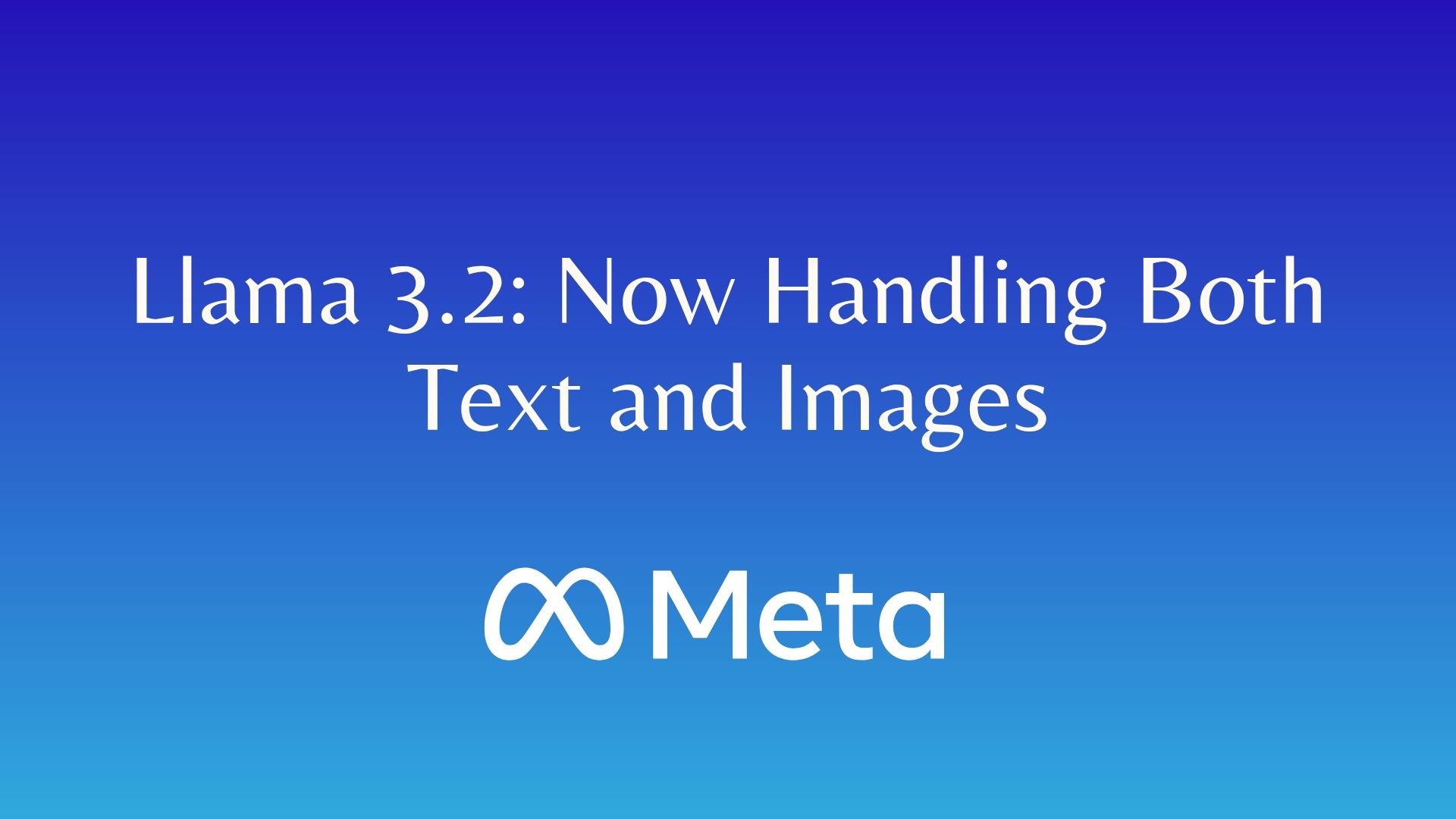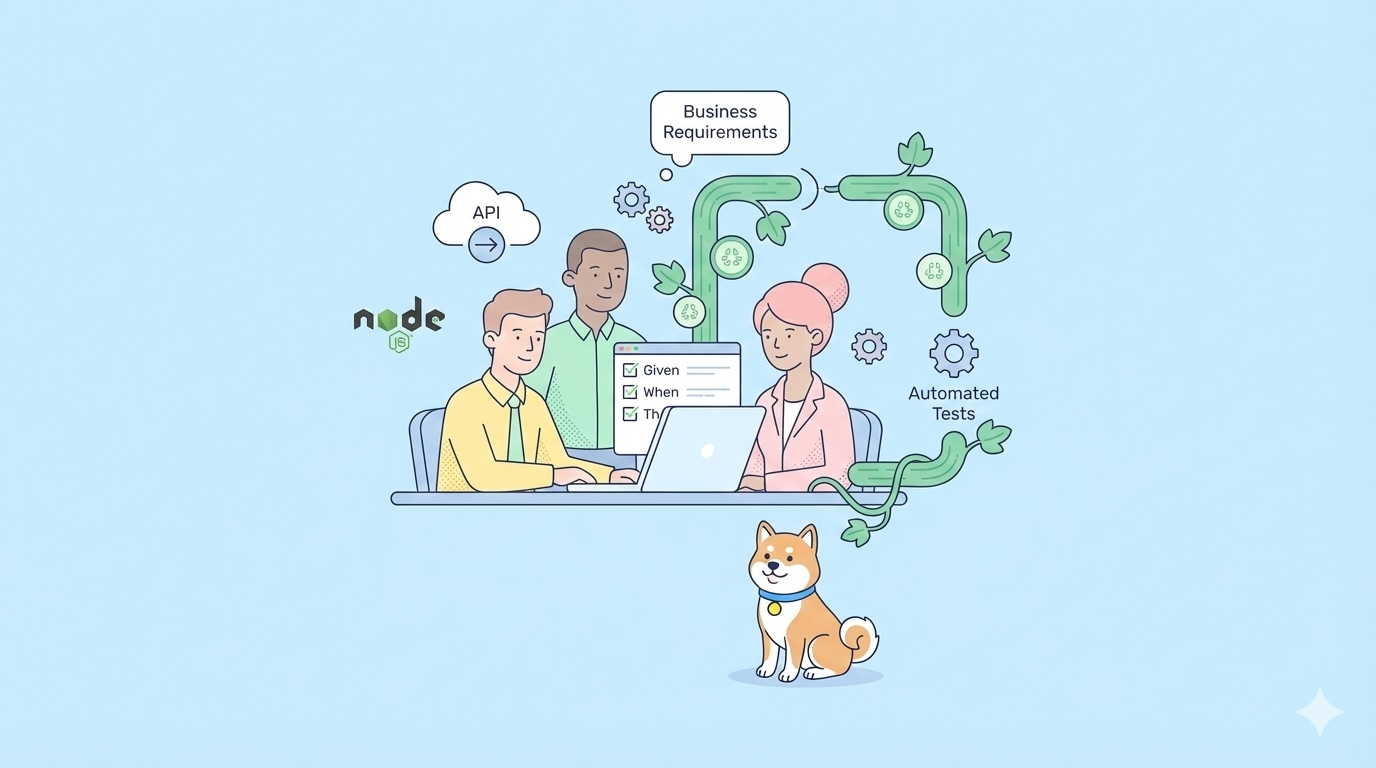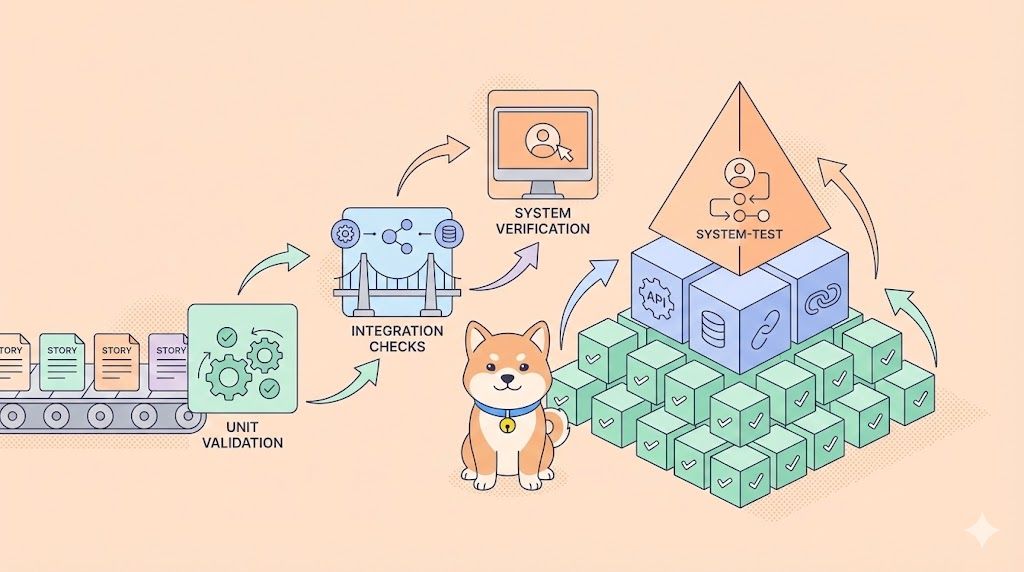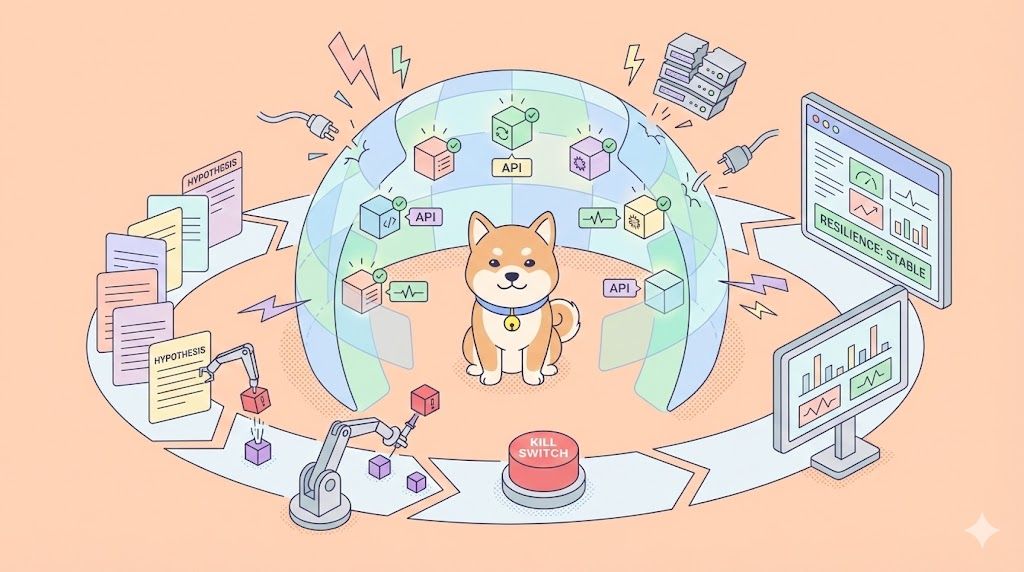Meta's newly launched Llama 3.2 marks a major advancement in AI, as it brings multimodal capabilities, enabling the model to process both text and images. This update brings forth models like the lightweight Llama 3.2 (1B and 3B) designed for on-device use, and larger, vision-empowered versions (11B and 90B) that excel in image reasoning tasks. As AI shifts more towards multimodal understanding, Llama 3.2 stands out by offering a highly open, customizable, and adaptable framework for developers across industries.
If you’re a developer, Llama 3.2 opens new horizons for you by making the processing of images and text together a reality. This multimodal approach enhances applications such as document understanding, image captioning, or any visually grounded task like reading maps and generating context-aware instructions. And with its on-device adaptability, you don’t have to rely on the cloud for every computation. This edge AI solution is tailor-made for tasks requiring high privacy or faster responses because processing can happen locally.
But what’s really exciting is how easy Meta makes it for developers to integrate Llama 3.2 into their workflows. If you’re familiar with APIs, you’ll appreciate the flexibility offered by the Llama Stack. Meta is working with partners like Qualcomm and MediaTek to offer real-time support for edge devices, making Llama 3.2 one of the most accessible AI solutions out there.
Why the Llama 3.2 Update Matters
Llama 3.2 is a game-changer in two distinct ways: its vision capabilities and its developer-friendly ecosystem. By supporting both text and images, Llama 3.2 opens doors to entirely new use cases, especially for businesses that require fast, local AI processing. Consider a situation where you need a local AI to summarize or edit documents based on visual graphs—Llama 3.2 handles that seamlessly. It can analyze visual data, interpret graphs, pinpoint objects based on descriptions, and even help with real-time decisions, like optimizing routes on a map.
Developers working on edge or mobile applications stand to benefit the most. The lightweight versions (1B and 3B models) have been optimized to run efficiently on smaller devices while maintaining the privacy of data. This is a huge boon for industries like healthcare, finance, and e-commerce, where user privacy is non-negotiable.

And with Llama Stack, you’re not just getting an AI model, you’re getting a complete ecosystem. The Llama CLI and its support for Python, Node, Kotlin, and Swift makes it easier to run Llama models locally, on the cloud, or on a single node. If you want to fine-tune the model or integrate additional features, the Llama Stack Distribution Server is your go-to tool for creating robust, enterprise-ready applications.
How Llama 3.2 Fits into Edge AI Development
One of the highlights of Llama 3.2 is its capability to run on-device. By utilizing Qualcomm and MediaTek hardware, Meta has optimized the 1B and 3B versions for edge AI tasks. These smaller models are not only faster but can also handle up to 128,000 tokens, making them suitable for text-heavy operations like summarization, rewriting, and tool-assisted actions.
Here’s where it gets interesting for developers—these lightweight models support tool calling. Imagine integrating Llama 3.2 with scheduling tools to automatically generate and send calendar invites after summarizing a conversation. This transforms what’s possible on mobile and edge devices, turning them into powerful agents that can automate tasks in real-time.

The best part? All this happens without your data leaving the device. By keeping processing local, Llama 3.2 ensures that sensitive information like customer queries or internal communications stays secure.
Llama 3.2 Vision Models: Bridging the Text-Image Divide
Llama 3.2 doesn’t just improve text processing—it revolutionizes the way AI handles images. The 11B and 90B models bring powerful vision capabilities, allowing developers to tackle tasks that involve both visual and textual data. These models can analyze charts, graphs, and images, extract relevant details, and then summarize or even make recommendations based on what they “see.”
For instance, if you have an image of a graph showing sales data, Llama 3.2 can process that graph and provide insights such as which months had the highest sales. This capability is invaluable for businesses dealing with large volumes of visual data. It can also enhance customer service systems that need to process documents like invoices or receipts.
The technology behind this leap in multimodal functionality includes adapters trained to integrate image representations into Llama’s language model. This keeps all text-based abilities intact while adding powerful new vision capabilities.
Competitive Edge: Evaluations and Benchmarks
Meta’s Llama 3.2 models don’t just promise functionality—they deliver. Extensive testing has shown that the vision-enabled models (11B and 90B) outperform major competitors like Claude 3 Haiku when it comes to image recognition and reasoning tasks. Meanwhile, the lightweight 1B and 3B models give stiff competition to other smaller models, excelling in tool-use and text summarization tasks.

In benchmark tests across over 150 datasets, Llama 3.2’s vision models demonstrated an ability to process complex image and text pairs in multiple languages. This makes it an ideal choice for developers looking to create globally relevant applications.

Responsible AI and System-Level Safety
Meta has made sure that with Llama 3.2, safety doesn’t take a back seat. As part of their responsible AI initiative, they’ve introduced Llama Guard 3, a specialized safety mechanism for filtering image and text prompts. Developers can leverage Llama Guard 3 to ensure that AI outputs align with ethical standards and avoid potentially harmful content.
The Llama Guard mechanism is particularly useful when working in constrained environments like edge devices. Whether you’re deploying Llama 3.2 on a mobile app or in a larger cloud-based application, Llama Guard offers scalable safety measures that you can adjust based on your specific use case.
Llama 3.2 and Llama Stack: Building the Future of AI
One of the standout features of Llama 3.2 is its integration with Llama Stack, which offers a flexible, open-source platform for building AI-powered applications. This modular architecture allows developers to mix and match APIs and create highly specialized systems that can adapt to different environments, from cloud to on-premise to edge computing.
For example, you can use Llama CLI to configure and run distributions that cater to different hardware setups, including Dell servers and mobile platforms powered by Qualcomm and MediaTek chips. With support for multiple languages like Python and Kotlin, Llama Stack is perfect for developers looking to build custom applications quickly and efficiently.
Final Thoughts: Llama 3.2 is Poised to Revolutionize AI Development
Llama 3.2 is an exciting step forward in the world of AI, combining the best of both text and image processing into a single, cohesive model. Whether you’re a developer looking to build cutting-edge applications for edge devices or a business that needs fast, private AI processing, Llama 3.2 offers the flexibility and power to meet your needs.
If you’re ready to take your AI projects to the next level, now’s the perfect time to explore Llama 3.2 and its vast ecosystem of tools, including Apidog, to manage APIs with ease.



